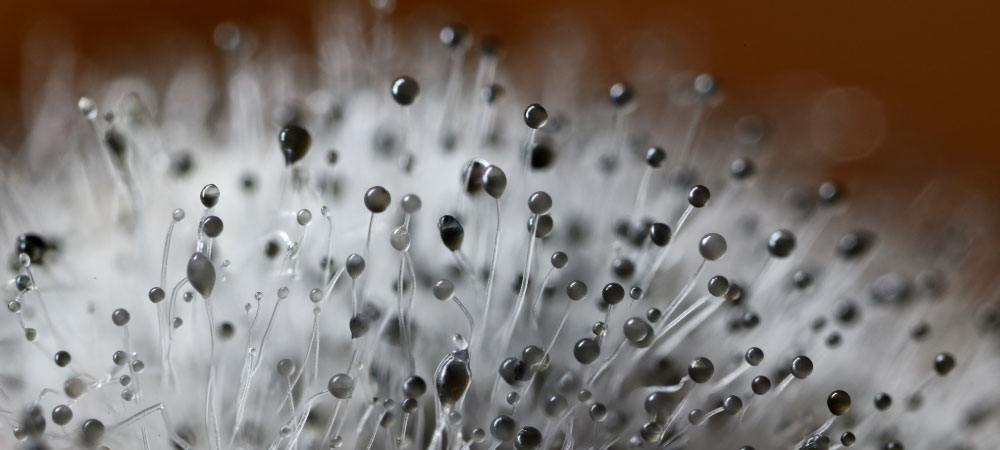Is Mold Extending Your Allergy Season Symptoms?

You know you’re allergic to ragweed, so why do your symptoms continue through the winter when ragweed is dead? Most people are allergic to more than one thing, and mold could be the allergen that makes your typical seasonal symptoms drag on for longer than expected.
With indoor and outdoor mold, symptoms can last year-round, and this blog will explain how to prevent and reduce the misery of mold allergy symptoms.
Types of Mold
Mold is a fungus that grows on organic materials both indoors and outdoors. The spores produced by mold are inhaled, and those spores entering the body are what cause allergic individuals to feel sick.
Indoor
Because mold thrives in dark, damp places, it often grows in attics, basements, bathrooms, crawl spaces, and other humid areas of the home. Aspergillus is one mold that commonly grows indoors. It can grow all year round and cause near-continuous symptoms.
Outdoor
Where you live can dictate when outdoor mold is at its height. When the ground thaws, or after big rainfalls or snow showers, mold can grow in leaves, dirt, grass, plants, and other organic materials. Alternaria is a common outdoor mold.
Mold can affect people in different and harmful ways.
Symptoms
It can be difficult to diagnose an allergy to mold because symptoms can be so different from person-to-person. Some may experience typical environmental allergy symptoms, while others experience respiratory symptoms, others may experience even more unique reactions.
Additionally, each type of mold brings on different symptoms. For example, outdoor molds are commonly responsible for aggravated asthma conditions, eye itching and sneezing. Indoor molds may bring on sinus pressure, aching, exhaustion or throat drainage. The range of symptoms can make it difficult to narrow down mold as the problem.
Sinusitis Connection
Another side effect of mold allergy is sinusitis – which is long-lasting inflammation of the nasal passages and sinuses. It can include symptoms like sinus pressure, headaches, postnasal drip, congestion and cough.
Studies show that up to 80% of sinusitis cases are caused by an allergy to mold. Typical treatment for sinusitis is antibiotics, but when allergy is the cause, treating the allergy is the only way to find real symptom relief that lasts.
Treatment
If you suspect mold is causing you to feel sick beyond your typical allergy season, it may be time to consider treating the cause of all your environmental allergens. This starts with allergy testing with an allergy clinician, and they may then recommend immunotherapy – the only treatment that retrains your immune system to stop reacting to allergens.
Allergy drop immunotherapy following The La Crosse Method™ Protocol treats each individual allergen that you’re allergic to at the specific level of sensitivity – which is all determined through testing. Over time, the body learns to not respond when exposed to problem allergens, like mold.
Learn more about treatment and find a clinician near you that offers allergy drop immunotherapy to start feeling better.


